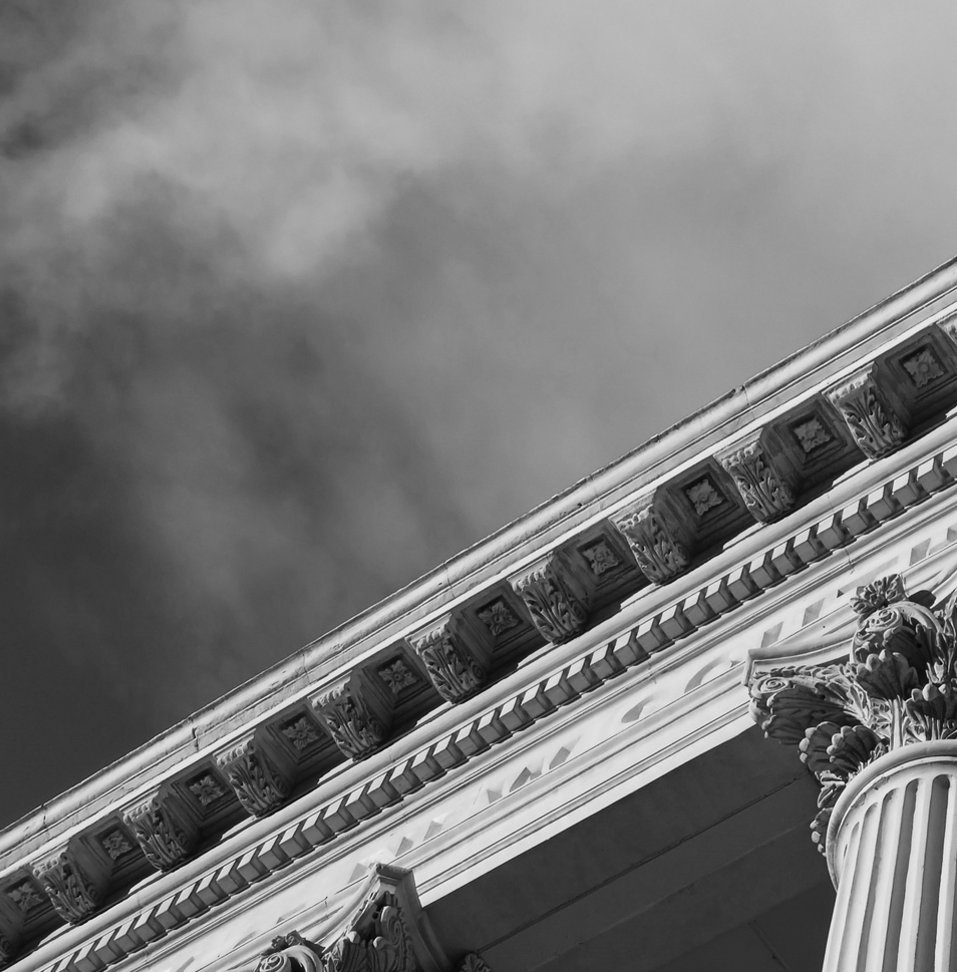Creditors in bankruptcy generally fall into one of two categories, secured and unsecured. Today we’ll explain what each category means.
Secured Creditors are creditors who hold security, or collateral, for their debt. This means that they can take that collateral and sell it to pay the debt. If there is a balance remaining after the sale (and there usually is) the debtor is responsible for that deficiency. Examples of secured creditors are banks who financed the purchase of a car or other motor vehicle, many retailers who offer their own in-house financing, and lenders who hold mortgages. When it comes to a mortgage, since the bank can’t repossess the house the way it can a car, the mortgage has to be foreclosed, which is a legal process to cause the land to be sold. These are all examples of voluntary secured creditors. They are voluntary in the sense that the debtor agreed to pledge the collateral as security for the debt.
Secured creditors can also be secured involuntarily. This happens by operation of law, such as when the IRS or a state or local taxing authority places a lien on property; when a judgment is entered against the debtor and becomes a lien; or when the law otherwise allows a lien, such as a mechanic’s or landlord’s lien. The effect of the involuntary lien is that a previously unsecured creditor is now secured. In bankruptcy, many involuntary liens can be avoided, or removed, by the trustee or the debtor. More on that in later posts.
Unsecured Creditors are creditors who don’t hold security. These include major credit cards such as VISA, MasterCharge, Discover, American Express and the like; doctor bills; the plumber; judgment creditors who have not obtained a lien yet; claims for breach of contract; claims for personal injuries such as through an automobile accident; student loans; taxes that have not resulted in a lien yet; and the like. Unsecured creditors have no specific items that they can attach. They may become secured creditors, but the important thing is that they have not become secured at the time of filing bankruptcy.
The difference between secured and unsecured creditors in bankruptcy is significant. A secured creditor is entitled either to be paid or to have his collateral returned. That means if you want to keep your car, house, boat or other property that is serving as collateral for a debt, you will have to pay for it in bankruptcy. If you don’t the creditor can later repossess or foreclose, even though you have obtained a discharge. The discharge protects you from any deficiency that might exist but will not protect your property if you don’t pay.




